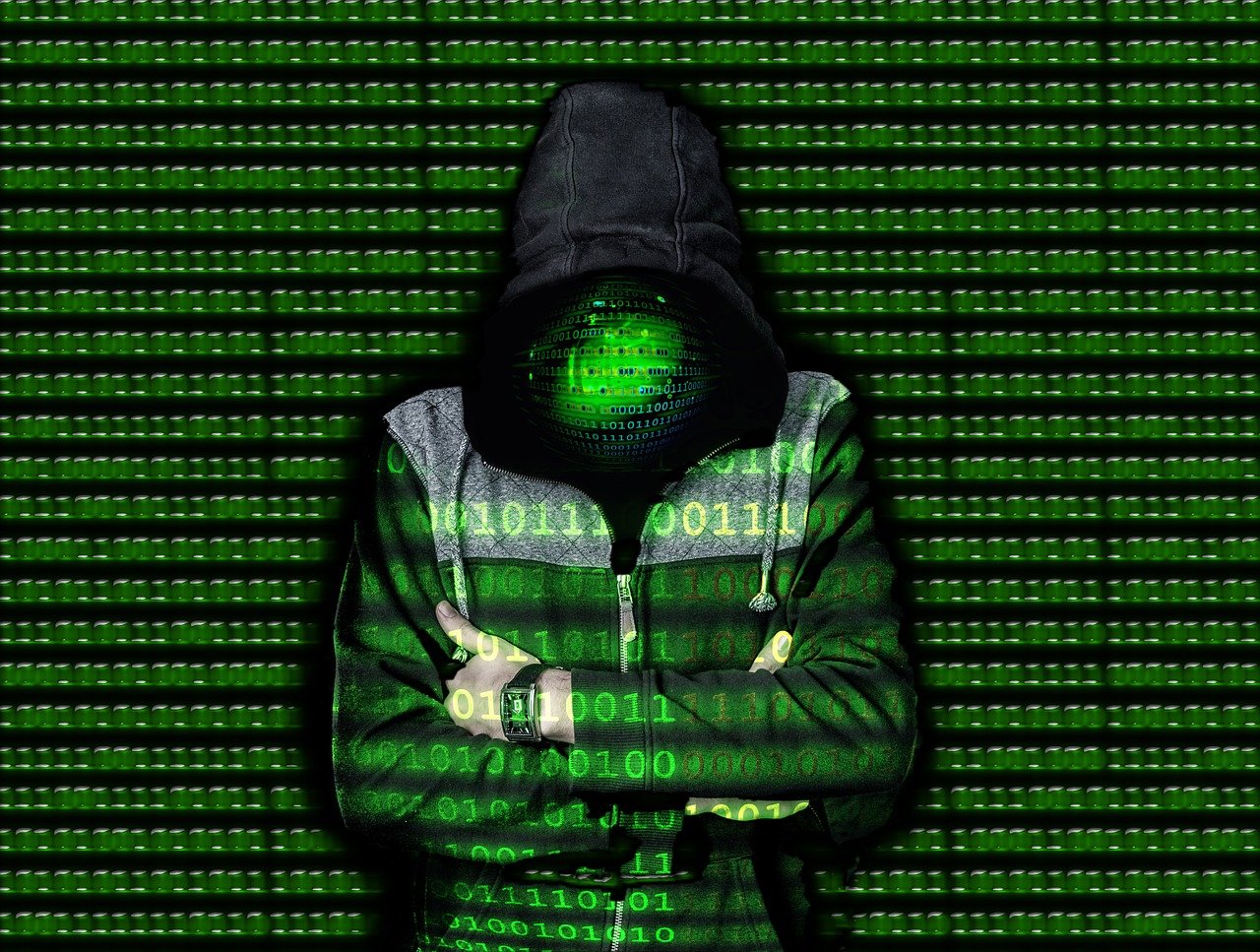The Dark Web is a part of the internet that is not indexed by traditional search engines (like Google) and requires specific software, configurations, or authorization to access. It is distinct from both the Surface Web (the part of the internet most people use daily) and the Deep Web (parts of the internet not indexed but generally accessible, such as databases, emails, and cloud services). The Dark Web is often associated with illegal activities but also has legitimate uses, particularly for privacy-focused users.
Key Features of the Dark Web:
- Access via Special Software:
- The most common way to access the Dark Web is through Tor (The Onion Router), a browser that anonymizes user activity by routing traffic through multiple encrypted nodes. There are other networks like I2P and Freenet, but Tor is the most well-known.
- Anonymity and Privacy:
- One of the key attractions of the Dark Web is its ability to provide anonymity. Both users and website operators are hidden behind layers of encryption, making it difficult for authorities to track or identify them.
- Hidden Services:
- Dark Web sites are called “onion sites” because they use the “.onion” domain. These sites cannot be accessed by standard web browsers and are designed to hide their operators’ identities.

Common Uses of the Dark Web:
1. Illegal Activities:
- Black Markets: The Dark Web is notorious for hosting marketplaces where illegal goods and services, such as drugs, weapons, counterfeit money, and stolen credit card information, are traded. Popular dark web markets include the now-defunct Silk Road and AlphaBay.
- Cybercrime: Hacking tools, ransomware services, and stolen personal data are often sold on the Dark Web.
- Human Trafficking: Some Dark Web sites have been linked to human trafficking and other serious crimes.
- Illegal Content: Certain sites host illegal or harmful content, including child exploitation material and violence.
2. Privacy and Whistleblowing:
- Journalism and Whistleblowing: The Dark Web can be used for secure communication by journalists, activists, and whistleblowers who need to remain anonymous to avoid persecution. Platforms like SecureDrop allow whistleblowers to submit sensitive information anonymously.
- Political Activism: In countries with heavy censorship or authoritarian regimes, activists and citizens may use the Dark Web to communicate securely, access uncensored news, or organize protests.
3. Legitimate Uses:
- Privacy Protection: People concerned about surveillance or censorship may use the Dark Web to protect their privacy. For instance, individuals in oppressive regimes may use the Dark Web to bypass government censorship.
- Research: Academics and cybersecurity experts sometimes use the Dark Web to study cybercrime and develop security solutions.
Dangers and Risks of the Dark Web:
- Legal Risks:
- Engaging in illegal activities on the Dark Web can lead to serious consequences, including imprisonment, fines, and other legal penalties. Many governments monitor the Dark Web to crack down on criminal activity.
- Scams and Fraud:
- The Dark Web is rife with scams. Many users have been tricked into paying for goods or services they never receive. Since transactions often use untraceable cryptocurrencies like Bitcoin, recovering funds is nearly impossible.
- Cybersecurity Risks:
- Malware: Many sites on the Dark Web distribute malware or spyware designed to steal personal information. Downloading files or even visiting certain sites can compromise a user’s computer.
- Hacking: Users’ personal data or devices can be targeted by cybercriminals, especially if they don’t take proper precautions while browsing.
- Violent or Disturbing Content:
- Some sections of the Dark Web host disturbing content, including videos and images that are not only illegal but also psychologically harmful.
- No Accountability:
- Since everything on the Dark Web operates anonymously, there is little to no recourse if you are defrauded, hacked, or otherwise victimized.
How to Safely Access the Dark Web:
While the Dark Web has legitimate uses, it’s important to navigate it carefully, as it’s filled with risks. If you need to access it for legitimate reasons (like whistleblowing or research), here are some safety tips:
- Use the Tor Browser: Download the official Tor Browser to access the Dark Web. It’s important to use trusted sources to avoid malicious versions of the software.
- Use a VPN: A Virtual Private Network (VPN) can provide an additional layer of security by masking your IP address and encrypting your internet connection.
- Avoid Downloading Files: Avoid downloading anything from the Dark Web, as files are often infected with malware.
- Use Cryptocurrency Carefully: If you need to make transactions on the Dark Web, use a cryptocurrency, but remember that some cryptocurrencies like Bitcoin can still be traced with advanced techniques.
- Stay Anonymous: Avoid sharing any personal information or using identifiable usernames and passwords. Consider using encryption tools like PGP for communication.
Ethical Considerations:
While the Dark Web provides anonymity and can protect privacy, it’s also a hub for illegal and unethical activities. Its use raises several ethical dilemmas, particularly when it comes to balancing the need for privacy with the potential for criminal activity. Users need to be aware of these issues and tread cautiously to avoid unintentionally supporting illegal enterprises.
Conclusion:
The Dark Web is a double-edged sword. It can provide an essential platform for privacy, free speech, and whistleblowing, but it is also a breeding ground for illegal activities and dangerous content. Users should approach the Dark Web with caution, adhering to both legal and ethical standards while protecting their security.

